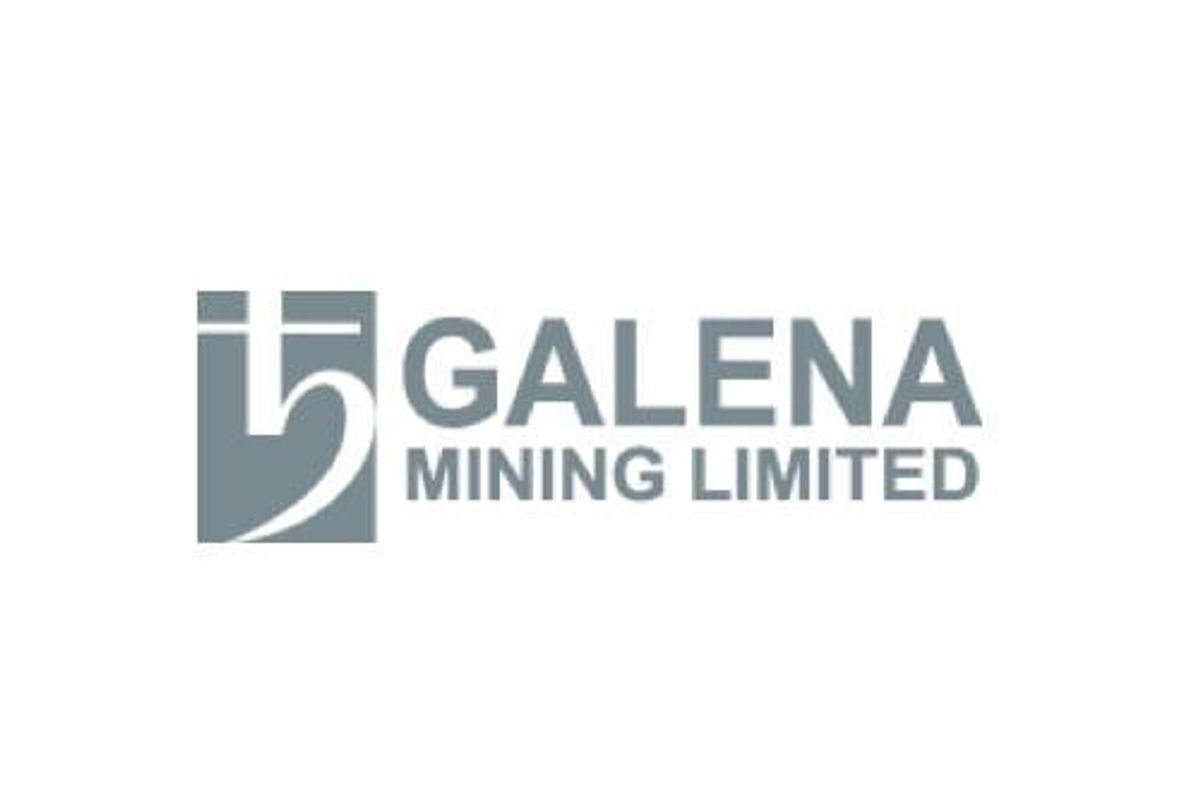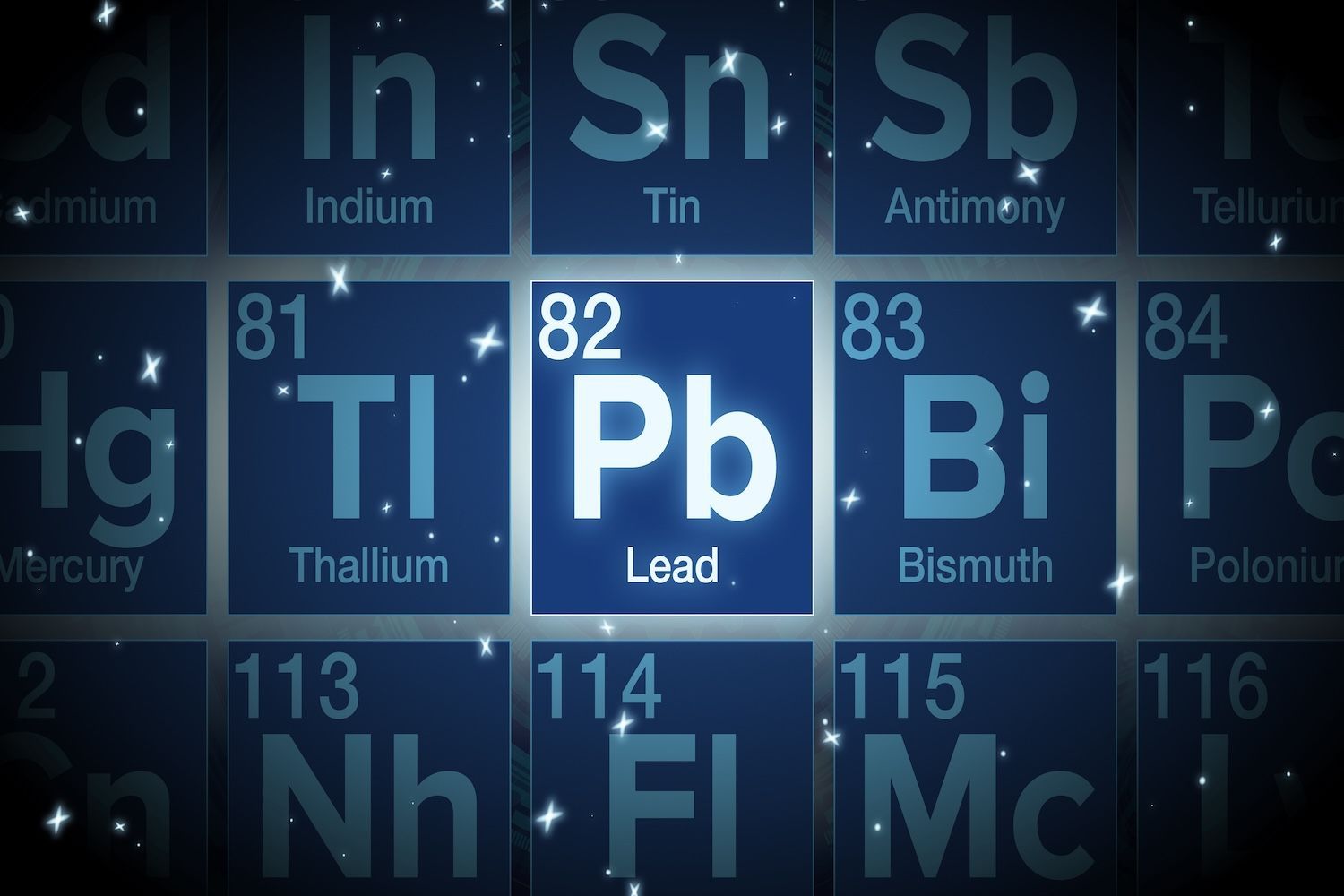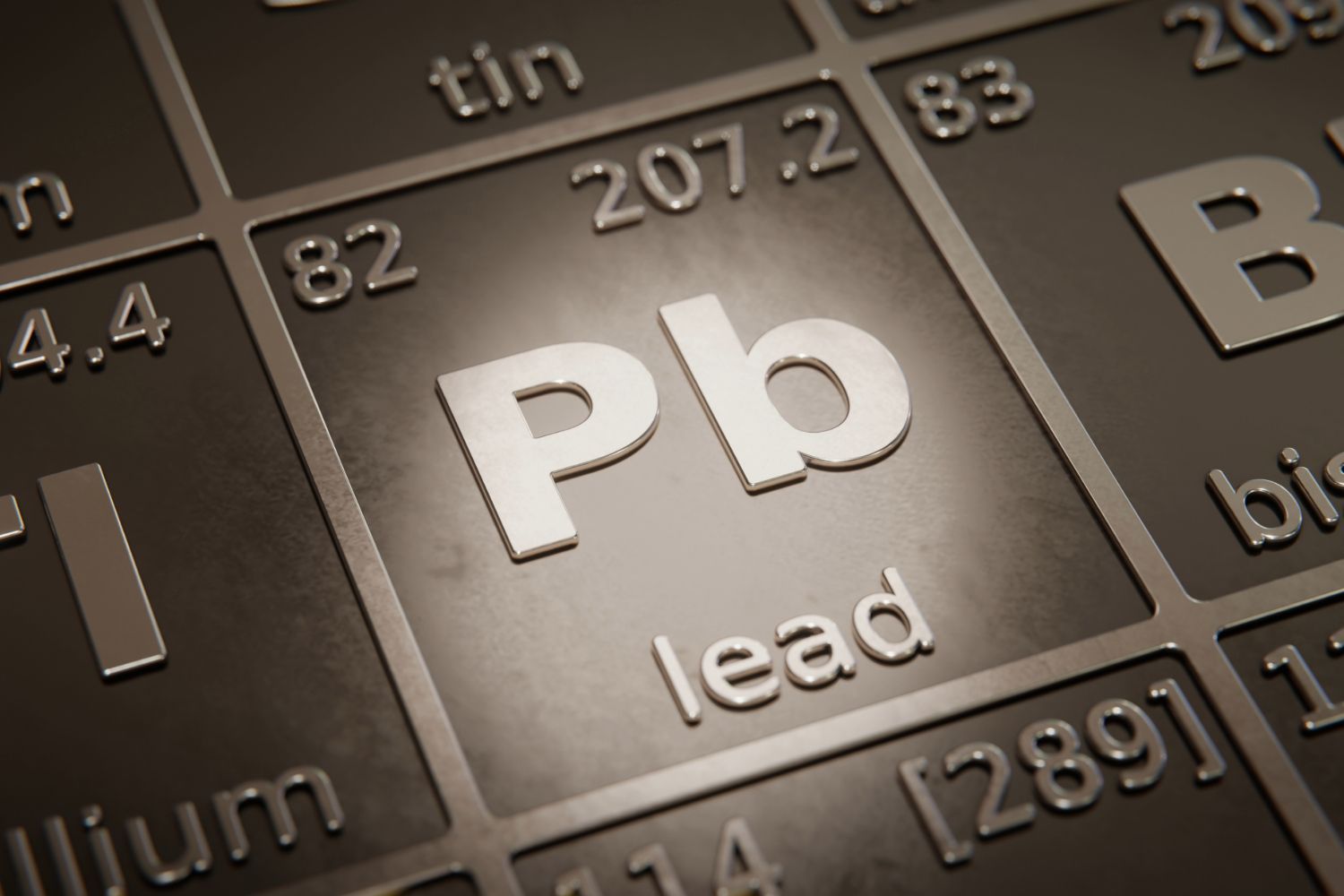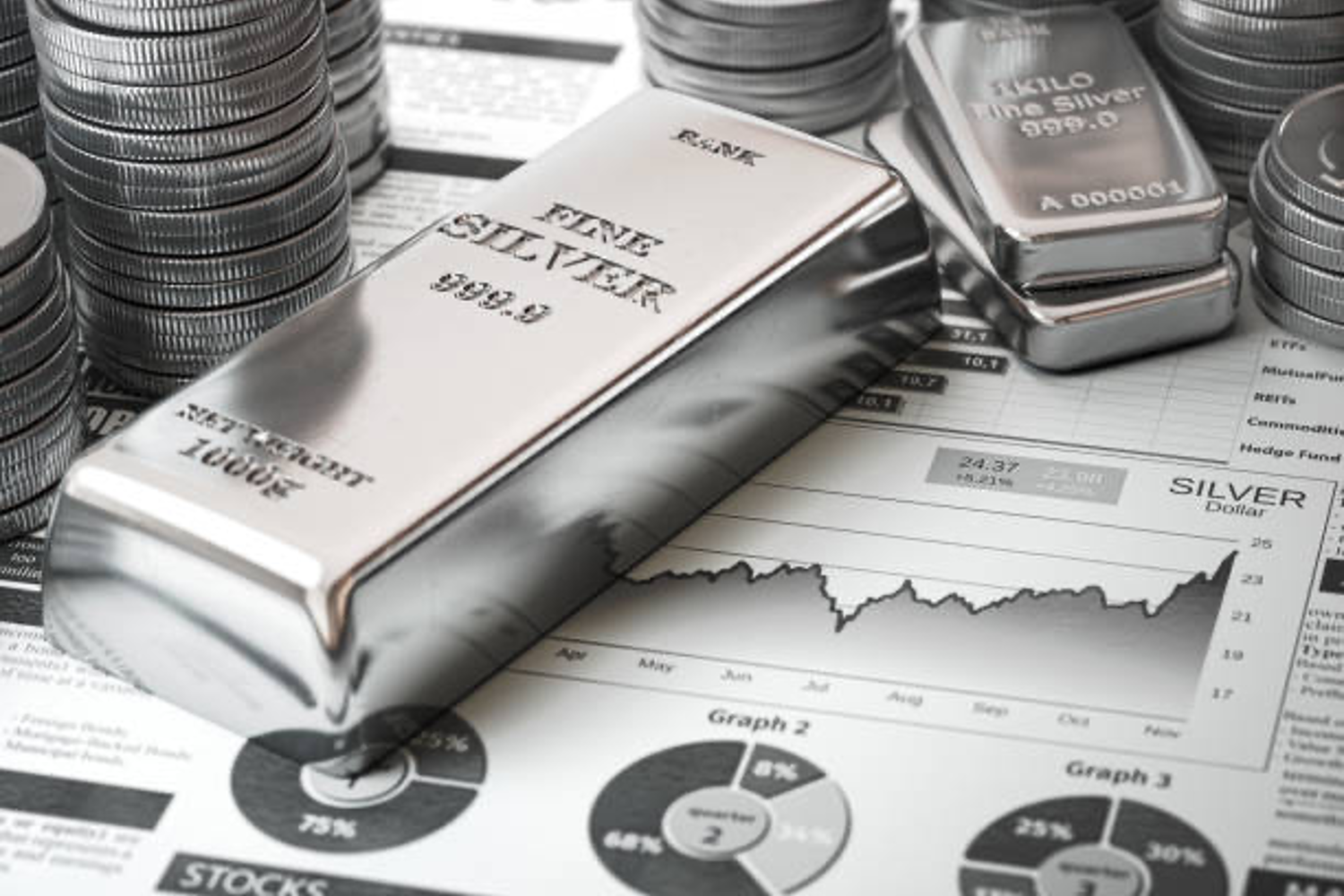
April 27, 2021
Galena Mining Ltd. (“Galena” or the “Company”) (ASX:G1A) announces achievement of the key objectives from the 2020 Abra Drilling Program and has subsequently completed an updated JORC Code 2012 Mineral Resource estimate (“April 2021 Resource”) for the Abra Base Metals Project (“Abra” or the “Project”) located in the Gascoyne region of Western Australia. The April 2021 Resource has been independently prepared by Optiro Pty Ltd (“Optiro”).
Managing Director, Alex Molyneux commented, “The objectives associated with the 2020 Abra Drilling Program were successfully completed. The Project now has over 100 kilometres of drilling in its database, and the geological confidence and understanding of the deposit continues to improve. Almost all of the new holes were drilled within the previous Mineral Resource envelope and over 75% of those holes achieved expected or better results. This Mineral Resource update will now feed into an optimised mine plan, and mine development will allow for underground drilling to continue Resource development, particularly the conversion of significant Inferred Mineral Resources associated with the Core Zone
mineralisation, which remains open in several directions and also hosts the interpreted copper-gold zone.”
Table 1 (below) states the Abra April 2021 Resource at a 5.0% lead cut-off grade.

2020 ABRA DRILLING PROGRAM AND OBJECTIVES
The completed 2020 Abra Drilling program included 57 drill-holes totalling 24,834 cumulative linear meters and was designed to achieve three specific objectives. These objectives were mainly focussed on the original Mineral Resource estimate and potential grade and continuity risk
of certain areas within that estimate, and they were:
(i) Lead-silver orebody infill drilling – Some infill drilling that had previously been planned to take place from underground once the decline was in place was pulled forward into the 2020 Abra Drilling Program. This aimed to further tighten the drill-hole spacing over the first four years of proposed production to 20 by 20 metres and up to 30 by 30 metres or better, compared with a more variable drilling density of up to 40 by 40 metres and up to 60 by 60 metres in that area previously.
(ii) Drilling into selected lead-silver ‘metal rich’ zones – Some drill-holes successfully targeted selected areas within the Abra lead-silver mineralisation where higher concentrations of metal (in both grade and thickness) were projected from previous drilling campaigns, in particular drill-hole AB147, which became the best high-grade lead-silver drill-hole ever at Abra, and the follow-up drill-holes that were added to the program in its vicinity (see Galena ASX announcements of 19 October 2020, 18 November 2020, 22 January 2021 and 24 February 2021).
(iii) Gold-copper exploration – Some of the drilling, in particular drill-hole AB195 (see Galena ASX announcement of 22 February 2021) successfully targeted the newly interpreted gold and copper drilling targets to the south and south east of the leadsilver mineralisation and at depth (see Galena ASX announcement of 29 June 2020).
The first two of these objectives enable the Company to optimise mine planning, which is now underway.
MINERAL RESOURCES
Geological model
Abra is located in the Gascoyne region of Western Australia within clastic and carbonate sediments of the Proterozoic Edmund Group. Abra is a base metals replacement-style deposit, where the primary economic metal is lead. Silver, copper, zinc and gold are also present within
the established lead mineralised zones but are of lower tenor.
Abra can be divided into two main parts, the upper “Apron Zone” and lower “Core Zone”.
The Apron Zone comprises stratiform massive and disseminated lead sulphide (galena), with minor copper sulphide (chalcopyrite) and zinc sulphide (sphalerite) mineralisation within the lower conglomerate unit (KCLC) of the Edmund Basin Kiangi Creek Formation and the Upper
Carbonate Unit (UID) of the Irregully Formation. The Apron Zone is characterised by flat-lying alteration zones containing jaspilite (Red Zone), barite (Barite Zone), silica-sericite (Micrite Zone), siderite and dolomite (Carbonate Zone), and haematite and magnetite (Black Zone). Distinct stratiform alteration domains can be defined within the Apron Zone and have assisted in the definition of the distribution of the lead mineralisation and construction of the lead mineralisation lodes. The Apron Zone extends for over 1,200 metres along strike and 750 metres down dip, dipping gently south.
G1A:AU
The Conversation (0)
12 September 2022
Galena Mining
Galena Mining CEO Tony James said, “People have been just sitting and watching how we would perform this year, a perceived difficult construction period. But we've done a great job."
Galena Mining CEO Tony James said, “People have been just sitting and watching how we would perform this year, a perceived difficult construction period. But we've done a great job." Keep Reading...
12 December 2022
Abra Construction At 97% Complete – First Ore Stockpiled For January Processing
GALENA MINING LTD. (“Galena” or the “Company”) (ASX: G1A) is pleased to announce that the construction progress at its Abra Base Metals Mine (“Abra” or the “Project”) has reached 97% complete as of 30 November 2022. Processing plant commissioning is progressing quickly with practical completion... Keep Reading...
16 November 2022
Abra Construction At 92% Complete – Reaches First Ore Underground
GALENA MINING LTD. (“Galena” or the “Company”) (ASX: G1A) is pleased to announce that the construction progress at its Abra Base Metals Mine (“Abra” or the “Project”) has reached 92% complete as of 31 October 2022. Underground mine has reached the first ore (see ASX announcement 14 November... Keep Reading...
13 November 2022
Abra Mine Reaches Ore
GALENA MINING LTD. (“Galena” or the “Company”) (ASX: G1A) is pleased to announce that the underground development at its Abra Base Metals Mine (“Abra” or the “Project”) has reached the Abra orebody. Commissioning has commenced in several key areas of the processing facility and the Power Station... Keep Reading...
31 October 2022
Galena Mining Activities Report For Quarter Ended 30 September 2022
GALENA MINING LTD. (“Galena” or the “Company”) (ASX: G1A) reports on its activities for the quarter ended 30 September 2022 (the “Quarter”), primarily focused on construction of its 60%- owned Abra Base Metals Mine (“Abra” or the “Project”) located in the Gascoyne region of Western... Keep Reading...
02 June
Top 5 Lead Reserves by Country
While lead production figures are helpful in tracking year-to-year activity, lead reserves provide a longer-term picture of which nations are best positioned to dominate the lead market in the future.These reserves reflect the volume of economically recoverable lead available in each country — a... Keep Reading...
09 January
Lead Price Forecast: Top Trends for Lead in 2025
The lead price was volatile in 2024 as global economic uncertainty continued to affect metals markets.As an industrial metal, lead has traditionally been used in lead-acid batteries, and to a lesser extent in pigments, weights, cable sheathing and ammunition. More recently, the electric vehicle... Keep Reading...
12 December 2024
Boab Metals Pens Lead-Silver Offtake Deal with Trafigura Asia Trading
Boab Metals (ASX:BML) has signed a binding offtake agreement with logistics giant Trafigura Asia Trading for lead-silver concentrate produced at its Sorby Hills project, located in Western Australia.Under the deal, Boab will receive a prepayment facility of US$30 million to fund Sorby Hills,... Keep Reading...
27 December 2023
Lead Price Forecast: Top Trends That Will Affect Lead in 2024
Lead prices yo-yoed in 2023 as global uncertainty continued to drive volatility. The industrial metal is an important material for pigments, weights, cable sheathing and ammunition, but its largest area of application by far has traditionally been in lead-acid batteries. The rise of electric... Keep Reading...
14 December 2023
Lead’s Vital Role in the Growing Electric Vehicle Industry
If recent data are any indication, the electric vehicle (EV) market has shown no signs of slowing down. In 2022 alone, global EV sales exceeded 10 million units, and sales in 2023 are on track to potentially reach 13 million units by the end of the year. As EV demand continues to grow, the... Keep Reading...
07 December 2023
What Exploration Opportunities Exist in Australia’s Edmund Basin?
Australia is often known for sunny skies and big waves across its golden coast. However, the country has always been an understated gem in mining for some of the world’s most sought-after commodities. Silver, gold and high-demand base metals can be found across the continent, with high... Keep Reading...
Latest News
Interactive Chart
Latest Press Releases
Steadright Grants Stock Options
24 December
Silverco Confirms No Material Change
24 December
Related News
TOP STOCKS
American Battery4.030.24
Aion Therapeutic0.10-0.01
Cybin Corp2.140.00






